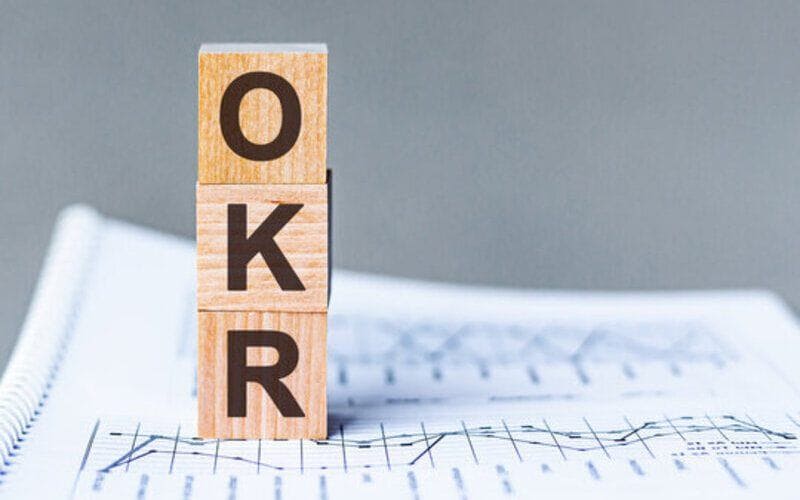How to create a High-Performance Culture

How to build a sustainable high performance culture
Trust is the foundation
Simon Sinek, in working with the Navy Seal team six, related that probably the most well-trained, most experienced, most well-equipped tactical and special warfare unit in the world values trustworthiness more than skill. Trust as part of a practical value system proves to be essential to performance.
His message was clear: No matter what the objective and the skill level of those collectively pursuing the objective, when team members do not trust each other, the performance of the same team will suffer and cannot be sustained.
I believe it is fair to say, that we all can relate to Simon Sineks’ message, both on a personal and career-related level –
When we do not trust someone the relationship will be troubled and forward momentum will be slow or non-existent. At work, when we discover distrust in our minds and hearts toward management and or co-workers, our communication and interactions will be guarded and layered with overwhelming biases and judgments, which will slow down action and damage performance., or in the worst-case scenario directly or indirectly cause total failure.
You can take great care in setting the most fitting OKRs in alignment with your company vision, yet a lack of trust within your team tasked with the execution of OKR frameworks will derail your performance.
To discover more practical insights into the setting of the right OKRs and leading your team to sustainable success, complete our range of OKR courses:
The relationship between trust, confidence, and a high-performance culture
Self-trust is the critical element to building and maintaining high levels of self-confidence. When you cannot trust yourself as you have a proven track record of breaking promises that you made to yourself your self-confidence levels will suffer as a result.
Similarly, when trust is low within a team, confidence levels in achieving joint goals and objectives will be negatively affected as a result. Low trust leads to low confidence levels – Sustainable performance and High-performance culture creation become highly challenging, if not impossible.
Communication and High-Performance culture creation.
When a leader or the leadership’s actions are not congruent with their communication, the foundation of trust is shaken and might be shaken beyond repair if this situation persists.
Albeit that, the communication within teams can be altered significantly by different situations, generally speaking, the communication in an organization should be:
- Crystal clear
- supportive
- inspirational
- future directed
- laced with purpose
- Results orientated
- as practically orientated as possible
The litmus test of effective communication is measurable results and getting to the point as quickly as possible. Elongated meetings that exceed the attention span of attendees exponentially need to be removed as an element of your company culture, if you are serious about achieving sustainable success.
Empathy needs to be the golden thread that flows through any effective communication structure. Our team members need to know and feel that they are sincerely cared for. Empathy needs to be balanced with firmness.
Firmness means that there are certain non-negotiables within a high-performance culture:
* For the value system of your company to have credibility, do not entertain transgressions of the principles the company stands for. Read more on the importance of shared values within a High – Performance culture:
https://hbr.org/2021/05/high-performing-teams-start-with-a-culture-of-shared-values
- Maintaining standards of excellence.
- growing and learning from mistakes
Alignment within a High-Performance culture
Within a high-performance culture, the behaviors and tasks of team members are both prioritized and aligned to the objectives, goals, and Vision of the company.
The critical questions for both management and team members to ponder:
What actions take us closer toward the Vision and objectives?
Which of the above actions provides the most results and impact ?(These actions must be prioritized)
Whether these actions and/ or tasks end up on a kanban board or any other visual management system is down to preference and what actually works for your team. as long as the above actions are visually represented, scheduled, and paid attention to according to priority, they are likely to be executed.
This alignment is only both strong and sustainable when team members are inspired by a collective Vision and behavior-guiding value system. When force is applied to ensure complaint action to the value system and Vision of the company alignment is unlikely to be sustainable.
Talent Development Director of the OKR Institute
Related Courses
Recent Posts
Tags
#OKR
#OKR Coaching
#OKR Coach







